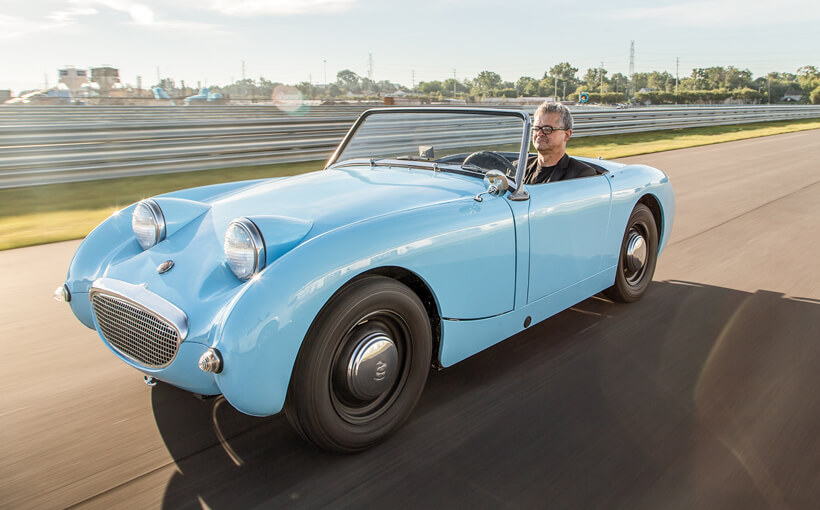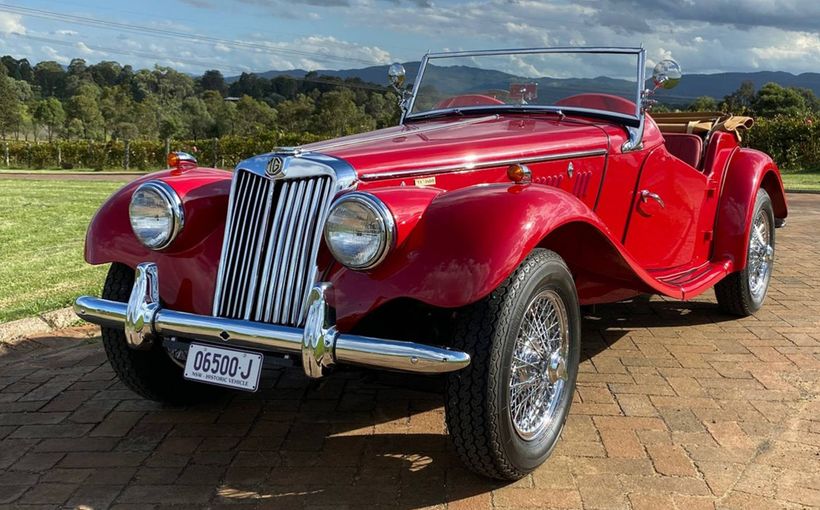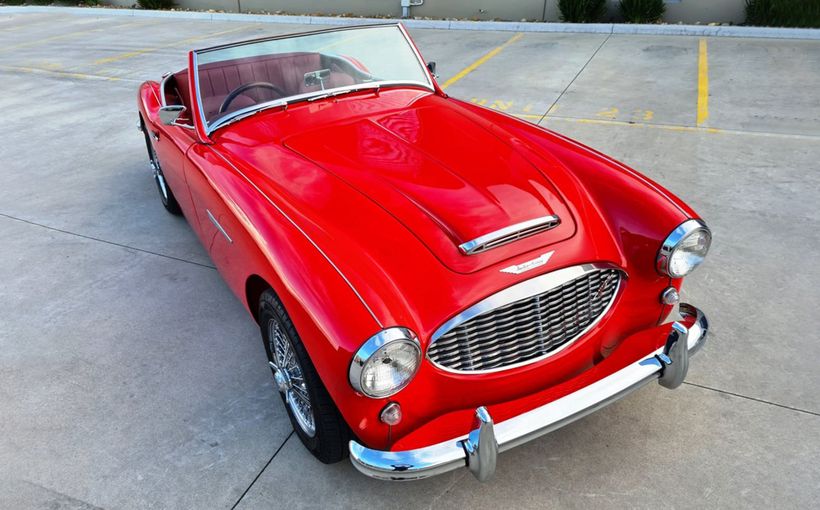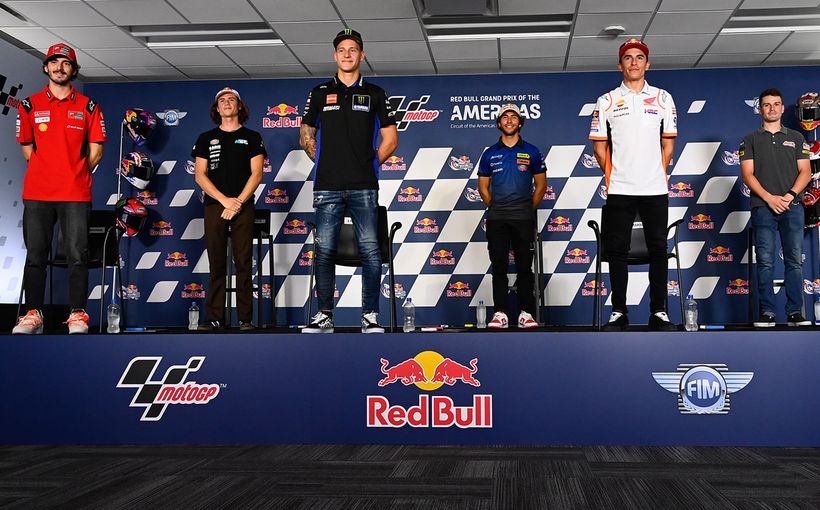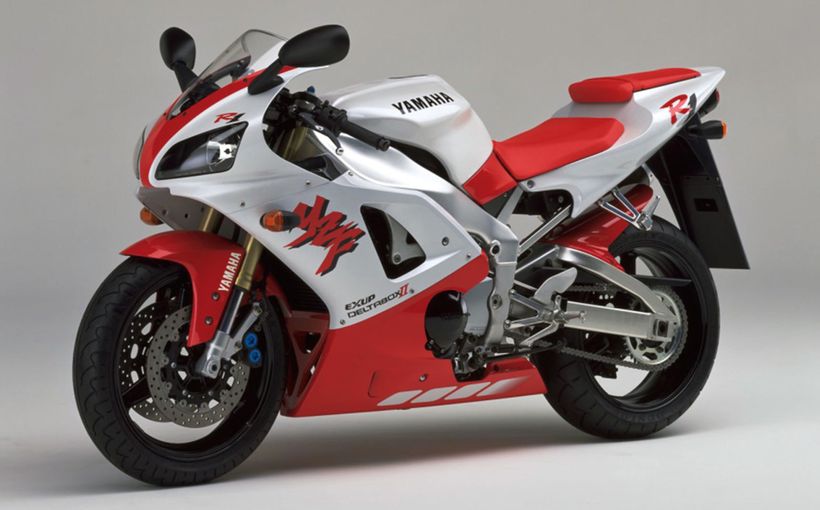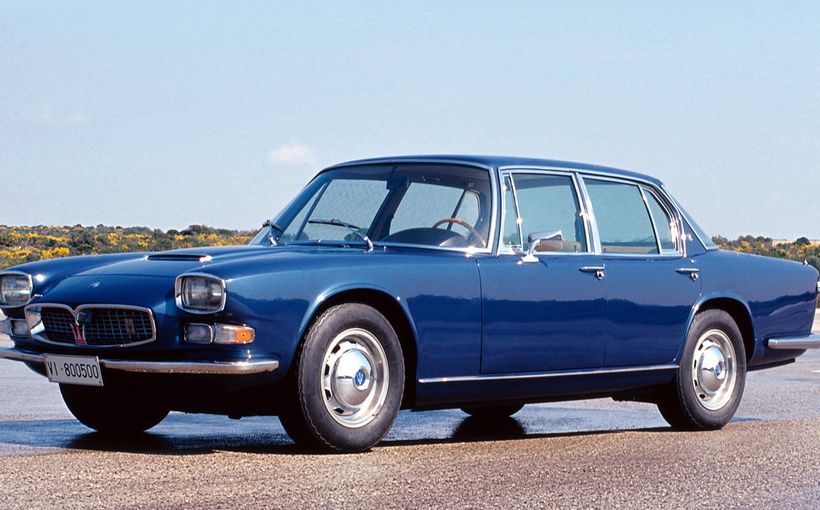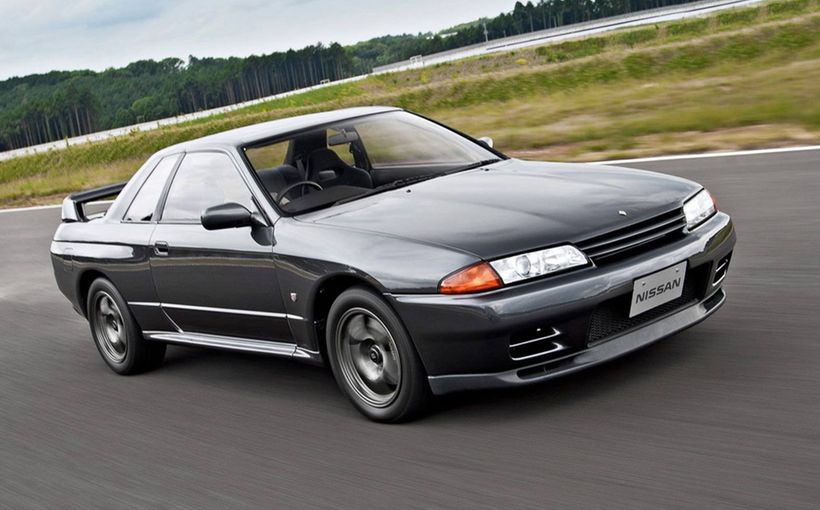Austin Healey Sprite and MG Midget: spiritual successor to the MG TC
Less than three years after the launch of the beautiful MGA, which replaced the last of the old Midgets (the TF), yet another all-new sports car emerged from the Abingdon factory in Oxfordshire. Unlike the MGA, this one boasted monocoque construction; like the MGA, it used many of the mechanicals found in the mainstream sedans produced by the British Motor Corporation. Despite the fact that this newcomer shared many of its credentials with the dearer MGA, it was not branded ‘MG’ – at least, not yet.
This was, of course, the Austin Healey Sprite. BMC’s publicity department aptly chose the Monaco Grand Prix as the occasion to launch the new car. The date was 20 May 1958, the eve of the Grand Prix:
Today the Austin Motor Company makes motoring history with the announcement of a completely new and inexpensive sports car ... the Austin Healey Sprite. It is some 20 years since Austin made a small sports car, but the Sprite lives up fully to the fine traditions established in the 1920s and ’30s, and more recently by the Austin Healey 100. It has a maximum speed in the eighties and rapid acceleration, but with fuel consumption ranging from 30 – 45 mpg.
The Sprite beat the Austin Seven/ Morris Mini-Minor to market by just 15 months and to a large extent it reflects the same product planning priorities, driven by the 1956 Suez Crisis: note how the miserly fuel consumption is mentioned in the very same sentence as the performance.
From the beginning, the Sprite was destined to be a budget-priced competitor in motorsport, very much in the tradition of the MG Midgets.
The perky little Sprite was developed by the Donald Healey Motor Company. Healey had already given (sold!) BMC the lusty four-cylinder Healey 100 and its 100/6 successor. Doubtless, the BMC product planners had formed the view that the new budget-priced sports car could trade more effectively on the new Austin Healey brand rather than MG. And yet, here was the true spiritual successor to the TC, TD and TF Midgets.
In effect, the Healey Sprite was pretty much the 1958 equivalent of the MG TC which had such a huge influence in the US market when returning military personnel took their acquired-in-Britain MGs with them. The Sprite, too, would prove very popular with sports-minded US customers not drawn to Detroit behemoths.
Donald Healey’s stylist Gerry Coker, who was responsible for the original Austin Healey, designed the Sprite’s body. The entire front section of the car was a one-piece unit with a rear-hinged clamshell bonnet. Coker had originally drawn a longer nose with rearward slanting grille and pop-up headlights. By the time the Sprite went on sale, Coker was working in the US. It is said that when he saw a production car in a showroom, he thought his former boss and his team had taken leave of their senses.
It obviously proved too expensive to incorporate pop-up headlights. As for the rest of the remarkably short body, there was no opening boot, nor any exterior door handles. So this was a car built very much down to a budget. The convertible hood assembly was primitively cumbersome.
Nevertheless, it’s important to mention that the Austin Healey Sprite was the world’s first mass-produced monocoque sports car (although it was not technically a ‘full’ monocoque because of the front chassis legs projecting forward from the passenger compartment).
The Sprite used the 948cc A-Series engine as fitted to the contemporaneous Morris Minor 1000 and Austin A35. With a pair of 1 1/8-inch SUs and MG-designed manifold, in this guise the willing little engine developed 42.5 horsepower at 5000rpm. Given the Sprite weighed just 660kg, the power to weight ratio ensured lively performance. BMC claimed 15 seconds for the zero to 50 miles per hour sprint, which was still the benchmark measure throughout the 1950s and probably for some time into the 1960s. But, weirdly, this was conservative and the Sprite’s real world time was 13.7 seconds with zero to 60 taking 20.5. Top speed was 83 miles per hour, meaning the Sprite had a similar V-Max to an FC Holden.
In the small car context of 1958, the original Sprite was quick indeed. The Fiat 1100, for example, which was regarded almost as a sports sedan, took 15.8 seconds from nought to 50.
The A-Series engine lent itself happily to the go-faster treatment and even before the end of the 1950s plenty of Sprites could top 100 miles per hour.
Morris Minor rack and pinion steering was fitted. The front suspension used coils with lever-arm dampers, just as the MGB would. The rear suspension was very basic with quarter-elliptic springs and the lever dampers. A four-speed gearbox was used and there was no synchromesh on first.
It is popular to debunk BMC’s 1950s and 1960s badge engineering, but the Sprite comes into a different category. Despite its use of the A-Series engine and other major components found in BMC sedans, it was a unique car, greater than the sum of all these parts. I think of its closest counterpart in this sense as the ZA/ZB Magnette whose brilliance as a sports sedan had much to do with its twin-carburettor edition of the B-Series engine, and whose ride height was lower – and handling better than – the related MG-engined Wolseley 4/44.
The Healey Sprite was very warmly received in its home market and everywhere else it was sold.
The price in Britain was just £679. The first Sprites to come to Australia were fully imported. Local assembly from CKD kits began in March 1960. The price was a reasonable £998, a huge discount from the £1188 being charged for the earlier imported cars. The Australian model prefix was YHAN1 with numbers starting at 501.
In the UK, with postwar austerity still a recent memory, such items as a tachometer, windscreen washers, tonneau cover and a locking fuel cap were all optional, but local cars got this lot as standard. A total of 894 of these Sprites – popularly called ‘Frog-Eyes’ in Britain and ‘Bug-Eyes’ elsewhere and retrospectively dubbed ‘Mark 1s’ were assembled here.
With the first major upgrade in 1961, the Sprite’s styling was tidied up. This time around, buyers could choose a slightly more expensive and better equipped MG Midget variant (not offered in Australia until February 1968, when it replaced the Sprite Mark 3A). The headlights jumped off the bonnet and into the front guards. Less charismatically, the front mudguards were fixed and an alligator-style bonnet was fitted. A rectangular grille replaced the previous Healey style. There was an opening bootlid.
Power was up to 46.5 horsepower at 5500rpm, due to a higher compression ratio, different camshaft and 1 ¼-inch carburettors, larger inlet valves and double valve springs. There were new gearbox ratios. While weight climbed by 25kg, the extra power and more aerodynamic shape meant acceleration was slightly better and the top speed was 87 miles per hour.
This Mark 2 did not go on sale in Australia until August 1962. The model prefix was YAAN2 and assembly began with number 501.
The Mark 2 proved to be a stopgap with just 326 produced. The Mark 2A was introduced in March 1963. Ours was the only market where the Mark 2A designation applied. The Australian prefix was YHGN7 with chassis numbering continued from its predecessor. Engine capacity was now 1089cc with 55 brake horsepower. Although top speed barely improved, the zero to 50 dash now took just 10.4 seconds. The standing quarter-mile was just becoming the benchmark test it would remain for decades and the Sprite Mark 2A boasted a time of 21.0. Context? This was slightly slower than a Fiat 1500 and marginally quicker than a 72-horsepower Peugeot 404.
The Mark 2A was the first Sprite to be equipped with front disc brakes. Nine hundred and seventy-six of this model were produced in a 31-month period.
In October 1964 the Mark 3 (YAGN8) with wind-up windows and semi-elliptic rear springs, a redesigned dashboard, smaller steering wheel and other improvements (including self-cancelling indicators!) was introduced locally. Power was now 59 brake horsepower for a top speed north of ninety miles per hour and the standing quarter-mile took 19.9 seconds.
The Mark 3A (YHGN8) duly followed in August 1965. This one acquired wire wheels as standard equipment and the chrome side strip that was used on Midget versions overseas. Upgraded front seats with a curved back rest were introduced during the model run of about 800 units.
Somewhat perplexingly, the decision was taken to discontinue the Austin Healey brand in Australia and, from early 1968, the MG Midget Mark 3 replaced the Sprite Mark 3A. Perhaps this was because the MGB was more highly regarded by the market than the Austin 1800. The earlier (YGN4) of two models had a chrome grille with vertical bars. The later version (YGN5) had a black pressed metal grille and slim bumpers.
A total of 1184 MG Midgets were assembled in Australia. All used a slightly detuned 65-horsepower 1275 Cooper S engine and had an oil cooler, front anti-roll bar, chrome wire wheels, radial tyres and air horns. Finally, there was a new hood which could be quickly raised with one hand; unlike its awkward (removable) predecessor which had to be stowed in the boot, this ragtop sat neatly around the rear rim of the cockpit. At first (inexplicably!), the cars were wired positive earth. During the production run, which ended in December 1971, numerous changes occurred (the worst being the change to a Leyland-style blacked-out grille). Later engines had thicker cylinder walls. Negative earth wiring was a most welcome change, along with an alternator instead of a generator. Higher pressure crossflow radiators improved the cooling. And during 1970 a taller 3.9 final drive was fitted.
It was surely a sign of the times that the MG Midget could not match its Cooper S sibling on performance or, frankly, image; traditional sports cars had had their day
By the time Australian production ended, the Sprite/Midget (charmingly dubbed ‘Spridget’) was showing its age. Those appealing wire wheels marked it as a car of a bygone era. In 1973 the Fiat X1/9 ushered in a new era of sports cars. But for traditionalists then and now, the Spridget was a delectable little car of great charm. Blessedly, it was never renamed the ‘Leyland Midget’!

